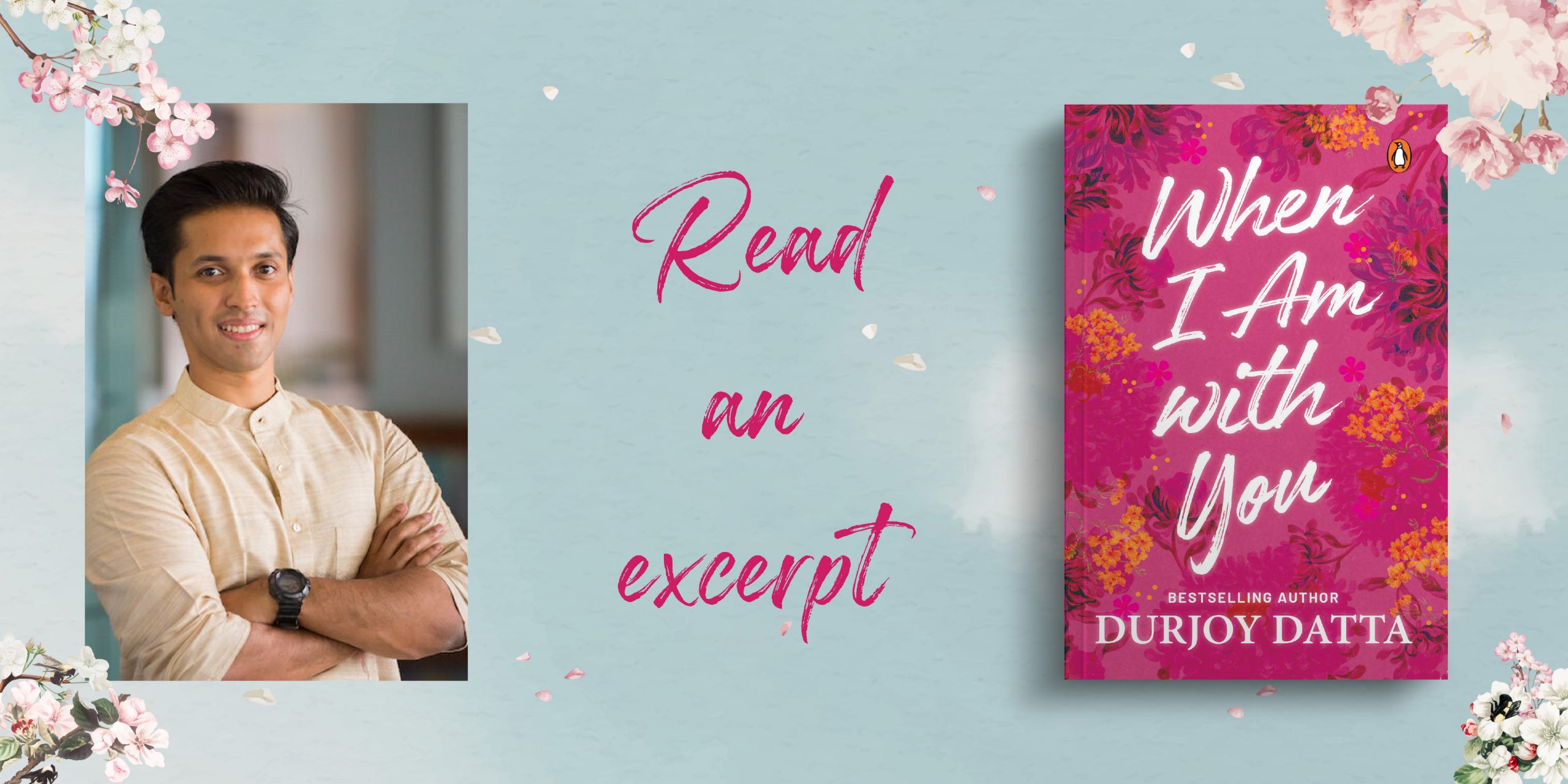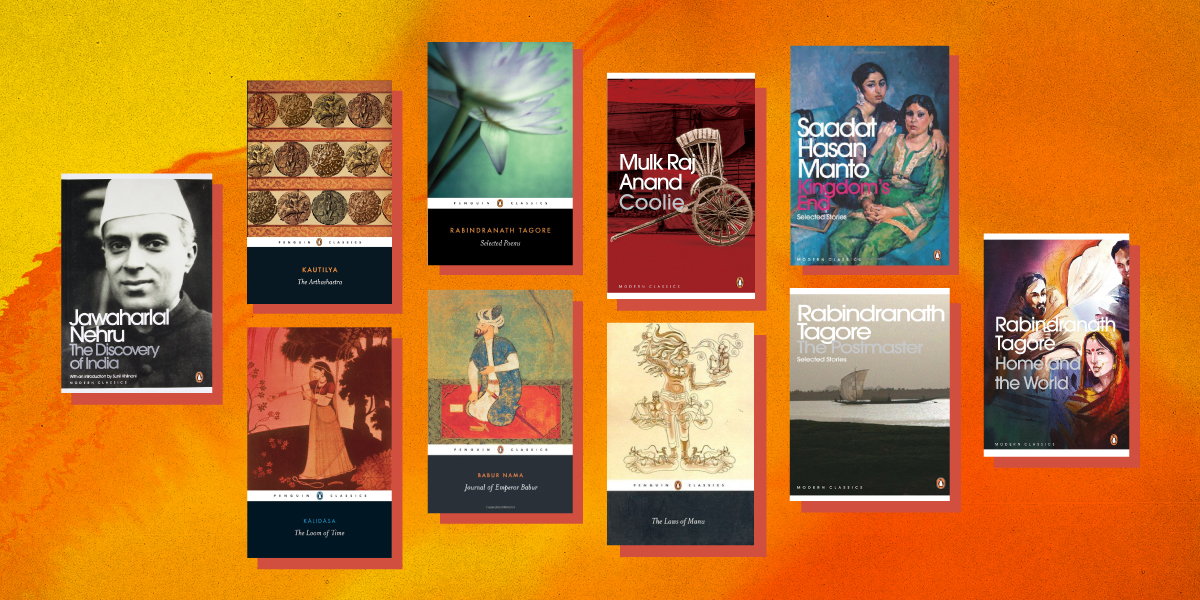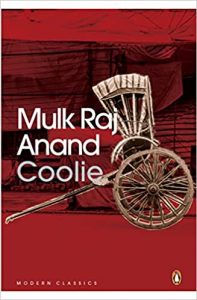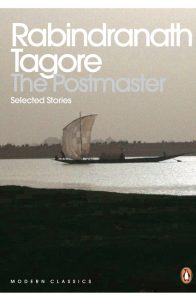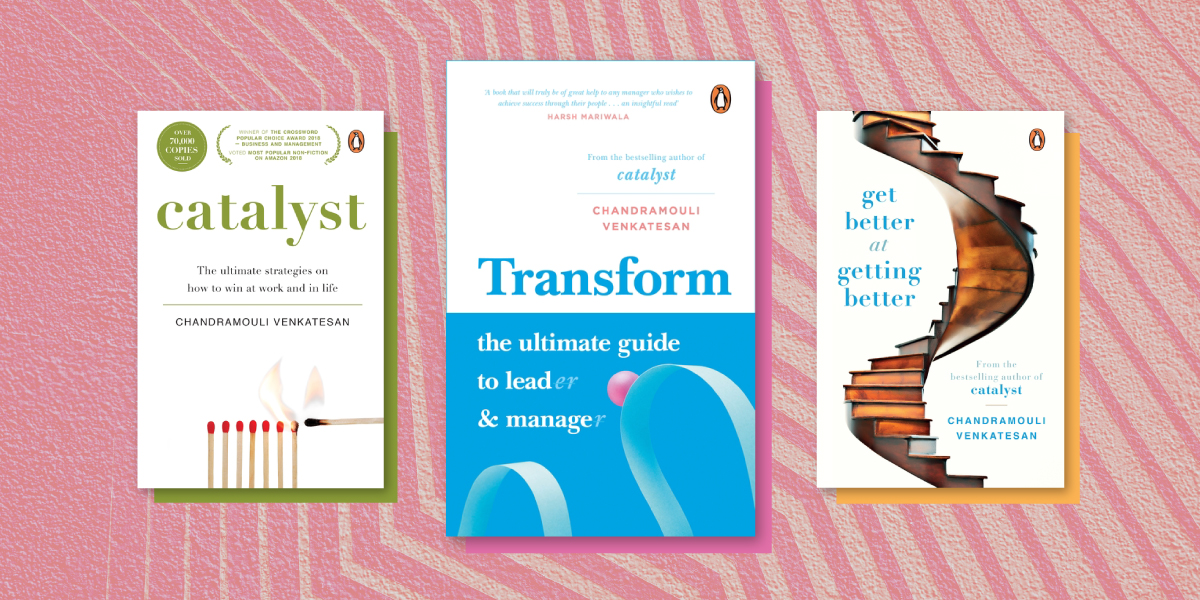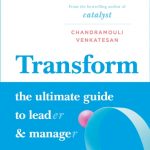As sweater weather rolls in, there’s no better time to snuggle up in a warm blanket, piping hot cup of tea, and one of our November new releases – the perfect trio! Which one are you going to pick up first?
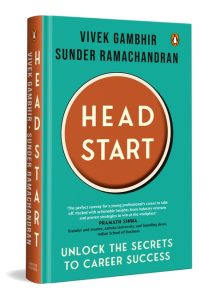
HeadStart: Unlock the Secrets to Career Success is here to help. Co-authored by industry pros Vivek Gambhir and Sunder Ramachandran, this is your personal playbook for crushing it in today’s fast-paced world. Packed with insider tips, real-life stories and actionable strategies, it’s designed to give you the edge you need. From mastering new skills to acing job transitions, HeadStart covers it all. It’s not just about surviving the workweek—it’s about thriving and building a rewarding and impactful career. If you’re serious about taking your career to the next level, then HeadStart is your ultimate guide. The future you want starts here.

A newly independent country acquires its first heavy bomber from an Aircraft Graveyard and flies it for two decades! A young Flight Lieutenant flies a daring dawn attack on a heavily defended Pakistani Airfield in the 1965 War and returns safely. Only to perish in a crash a week later. Two wartime foes, one of whom shoots down the other in air combat, meet later as friends in life. These and other compelling human-interest stories form the backbone of Air Warriors, an anthology of untold stories from the Indian Air Force.

What exactly is this controversy about Netaji’s ‘disappearance’?
Does new material offer new evidence on Bose’s reported death in 1945?
In January 2016, the Government of India began declassifying classified PMO, MEA, MHA and Cabinet Secretariat files related to the mysterious ‘disappearance’ of Subhas Chandra Bose at the end of the Second World War. No one could have imagined that even seventy years after Bose’s disappearance, the government had been holding hundreds of files related to him in utmost secrecy. In this fascinating investigative work, Dhar and Ghose have rummaged through more than two thousand files declassified in India, and in the UK, USA and Taiwan to unentangle the complex web of a deception plan, that has kept the whole country on tenterhooks for decades.

Shattered by the loss of her twins, software engineer Viji becomes the prime suspect in a chilling crime—the drowning of her best friend Neha’s baby. ASP Kanika, haunted by her own personal loss, is pulled into an investigation that quickly spirals into a nightmarish descent. When Neha’s mutilated body is discovered, branded with the same grotesque symbol, Kanika realizes she’s up against something much more terrifying than a serial killer. As she unravels a web of evil tantric practices, Kanika confronts a horrifying possibility: Is she hunting a twisted killer, or has she awakened an ancient, malevolent force? And if so, how long before it comes for her?

Alwan-e-Nemat (Colours of the Table), the sixteenth-century Persian manuscript offers a rare taste and glimpse into Mughal Emperor Jehangir and queen Nur Jehan’s kitchen. Meticulously calligraphed on 155 pages of cream-coloured paper with a painted blue margin, it is possibly the first book in the world to be devoted entirely to recipes and methods of processing and serving food. It is also the only manuscript that highlights the unique contribution of Empress Nur Jehan.

Over two centuries have passed since his death on 4 May 1799, yet Tipu Sultan’s contested legacy continues to perplex India and her contemporary politics. A fascinating and enigmatic figure in India’s military past, he remains a modern historian’s biggest puzzle as he simultaneously means different things to different people, depending on how one chooses to look at his life and its events. Meticulously researched, authoritative and unputdownable, the book opens a window to the life and times of one of the most debated figures from India’s history.

There isn’t anyone who hasn’t been shattered by heartbreak. It is the most devastating yet universal experience that leaves us feeling lost and alone. In a world plagued by love gurus and hopeless romantics, Unloved presents a guide to loving oneself through the process of heartbreak. The chaos after the calm, this self-help book offers an antidote to heartache with a uniquely Indian point of view. With practical advice and inspiring insights, it empowers you to transform heartache into strength, paving the way for a new chapter of love in your life.

Grief is overwhelming, unpredictable and deeply personal. Everyone goes through it, yet we are almost never prepared for it when it comes. In You Will Be Alright, Sonali Gupta addresses the silence that surrounds grief, talks about the myths around loss and builds a vocabulary about what we are feeling when we grieve. The book talks about how grief shows up physically and emotionally for us, and also what the first few days of loss look like. It addresses practical concerns such as grieving in a digital age and the challenges around sorting deceased’s possessions, and topics such as closure, grief integration and more.

Elite American admissions systems seem shrouded in mystery. Plummeting acceptance rates suggest that even the most stellar academic record no longer suffices to differentiate a candidate from the rest of the applicant pool. Through in-depth analyses of 25 Common Application Essays that have succeeded at Ivy League and “Ivy+” (Stanford, Caltech, UChicago) universities, you’ll discover the transformative journey of composing an outstanding college essay that leaves a lasting impression.

Elevate breaks away from traditional self-help advice, providing a unique blend of personal insight, professional wisdom, and practical strategies. Kennedy and Callander, renowned for their expertise as a life coach and CEO respectively, share their secrets to building a life of incredible health, success, happiness, and fulfillment. Packed with a comprehensive toolkit and actionable strategies, the book equips you with everything you need to design and implement a plan for achieving both personal and professional success.

Your mind should ideally be your safe zone, not the noisiest place in the world. Although that is rarely the case, and if you are always on edge and unable to relax, this book is for you. The Art of Letting Go is about organizing the mess in our minds. For that, it is important not to dwell on the past, or obsess over the future that may never occur; but that is easier said than done. Learn how to trust that things will be okay, how to control your self-talk, and transform your internal worldview.








